History of the Medicine Wheel
This wheel is referred to in North America as the medicine wheel for individual and community reflection, learning, and development. It has different names in other parts of the world including doing ‘gratitude hoop’ work. In the far east, it would fall in the ancient tradition of understanding life through the use of mandalas.
All of us have indigenous roots somewhere way back. You are likely to resonate with this form of mandala work. This resonance may go back to your own roots, maybe way way back! Groups of people, no matter what continent we have worked in, let us know ‘this feels familiar, it is like you know us!’.
The particular archetypes appointed to north, east, south, west and the relationship between them, set within a mandala or circle is from the wisdom of North American Indigenous peoples. Different Tribes and Nations have/had different interpretations and configurations.
Learning About The Medicine Wheel
Birgitt Williams was first introduced to the medicine wheel on the Six Nations of the Grand River Reservation in Ontario, Canada during the 1970s.
At the time, as a social worker, she worked on the Reservation. She was part of a team helping to establish the first Indigenous child welfare service. This was the first service run by Indigenous people for Indigenous people. It was a time of great turmoil on the Reservation. There was great conflict between what were described at the time as Longhouse Indians and Christian Indians.
Birgitt had many opportunities generously given to her by friends on the reservation in the Longhouse tradition. The Longhouse tradition was coming out from necessary hiding during its persecution by both Church and Government. To put this in a context you might be more familiar with, it was the era heralded by the closing of the Indian Residential Schools in Canada whose stories are so painful. Courageously at the time, traditional Indigenous wisdom was ‘coming out’ again. Birgitt continues to be so deeply grateful for those who had the courage to protect the wisdom traditions.
Appropriate Use of the Medicine Wheel
Birgitt questioned being able to use and teach from the medicine wheel as a white person. The answer was that there was permission granted. She learned a Council of Elders had met in the southwestern USA in 1987 and again in 1991 to discuss a global use of the medicine wheel. The elders decreed that after keeping the medicine wheel wisdom alive for centuries, even when it had to be hidden, the time was right for the medicine wheel to be given to the human race to use it to improve conditions for individuals and for communities. This decision and teaching was documented on an audiotape “Moh-he-con-nuck: Medicine Wheel Teachings.”
Birgitt was an avid student of medicine wheel teachings. These teachings were crucial to her personal and leadership development. These teachings were crucial to the development of Genuine Contact.
Developing The Medicine Wheel Tool
The Medicine Wheel Tool is rooted in the medicine wheel wisdom teachings and is not a version used by Indigenous peoples. Birgitt had experience with using the medicine wheel for community development and community healing. She was less sure how this could be brought into business and government organizations as there was not sufficient openness to use ancient wisdom teachings. Birgitt found the social service sector open to using this wisdom. She witnessed the incredible results. She wished that we could find a way to bring the same kinds of results into business and government organizations. Birgitt wasn’t sure how this could be done.
Then in 1992 Birgitt attended a four day training to learn the meeting method Open Space Technology (OST) with its developer Harrison Owen. She was delighted to see and experience the use of the medicine wheel as a tool for eliciting group reflection at the end of an OST meeting. The words Harrison used were altered to better suit a business environment, and yet he stayed true with the archetypal background of the medicine wheel as used by Indigenous Peoples of North America. He used a particular configuration of the archetypes, associated with some but not all of the Tribes and Nations.
Birgitt appreciated its value as a tool for group reflection. She was inspired to determine whether this altered medicine wheel was sufficient as a reflection tool for organizations to use as an organizational development tool. At the time, she was CEO of a multi-service health and social service in Ontario, Canada. This agency that allowed her to experiment with what she was learning.
Birgitt entered into a partnership with friend and colleague Dr. Larry Peterson. Larry was the CEO of the National Urban Core Support Network in Canada. Her organization was a member agency. Together, they engaged in action research in a number of settings. They tested a hypothesis that the medicine wheel was a valuable tool to use after an Open Space Technology meeting to facilitate organizational development in response to the outcomes of the OST meeting. Berrett-Koehler published this work in the journal At Work: Stories of Tomorrow’s Workplace in November of 1997.
For Birgitt, this was an important step in her longer term life long journey to understand the use of the medicine wheel as a tool for organizational development with or without an OST meeting. More adaptations were needed for this purpose. Of particular importance was the opportunity to reflect about seven components that make up an organization’s operating matrix. These components include: purpose, leadership, vision, community, management, relationships, and the circle of the whole within its environment. The order of the process of reflecting about each component was essential to obtain consistent and cross cultural results.
Birgitt wrestled with the name of the finished product that included the visual and the process as it was no longer a medicine wheel, and yet it was rooted in the medicine wheel. She wanted to honor this root, this lineage. And so she chose the name Medicine Wheel Tool.
Working with The Medicine Wheel Tool
The Medicine Wheel Tool is a process for using this adapted medicine wheel wisdom for multiple purposes in an organization. Some uses include:
- determining a business goal
- diagnosing the health and balance of an organization
- developing a plan for the regeneration of health and balance of an organization
- working through organizational solutions following a specific pattern to achieve desired results
- ensuring that the right problem is identified prior to engaging a process to find solutions
Within the design of our Genuine Contact™ program, no specific workshop module was created to teach the Medicine Wheel Tool. Rather, it is taught in an application specific context within modules of the program. As you learn to use the Medicine Wheel Tool in a variety of ways, you begin to see many applications of working with the tool unique to your organization and work processes.



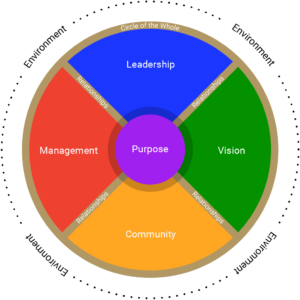 The Medicine Wheel Tool is one of the most simple yet most powerful tools we work with in our organizational change and transformation work. Indeed, this model is used as a foundation for nearly all of our work with clients around the world.
The Medicine Wheel Tool is one of the most simple yet most powerful tools we work with in our organizational change and transformation work. Indeed, this model is used as a foundation for nearly all of our work with clients around the world.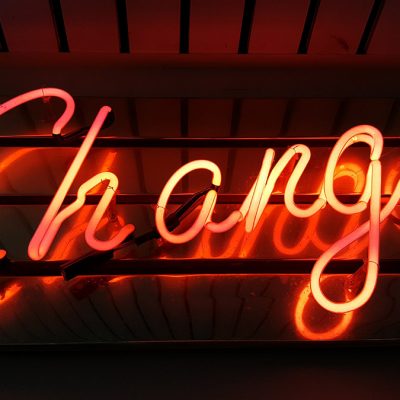

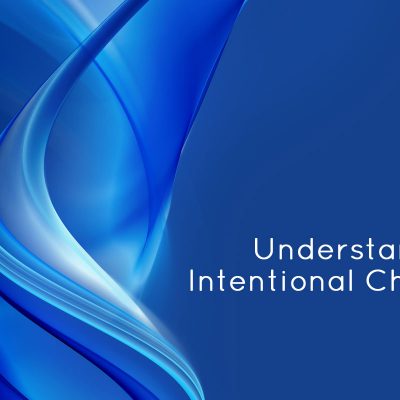

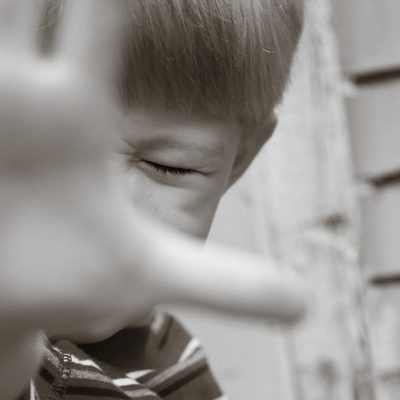
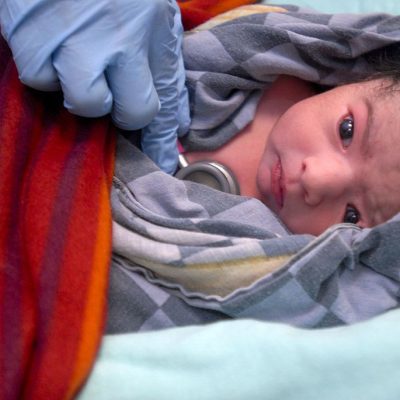
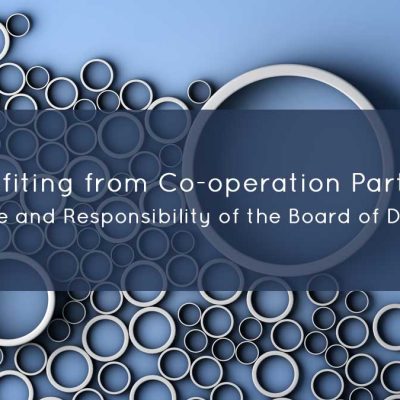
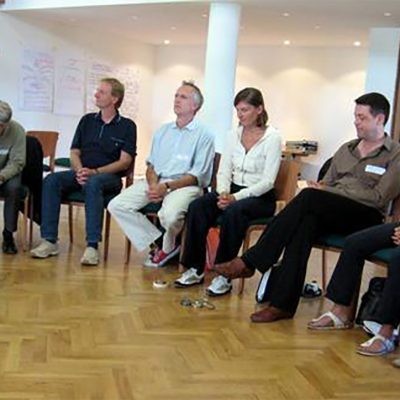
Anna Caroline Türk
Thank you for sharing the whole story of the Medicine Wheel Tool here!
I have been working with it with for personal and organizational development with great success.
The process of working with the Medicine Wheel Tool allows for the personal truth & group wisdom to emerge.
There is no part missing – as it helps to reflect the whole!
I highly recommend everybody to learn more about this application of the medicine wheel as it connects you with the power within that we all share.